Let’s face it when someone mentions 2 centimeters, most of us just nod politely and hope no one asks us to prove we know what that means. Two centimeters? Could be the width of a fingernail or the thickness of a pancake it’s anyone’s guess. Unless you’re an engineer, tailor, or ruler enthusiast, it’s one of those measurements that feels oddly mysterious. But fear not! You’re about to find out exactly how big (or small) it really is. Get ready for a fun, down to earth look at everyday things that reveal the truth behind that sneaky little question: how big is 2 centimeters?
What is 2 Centimeters Means?
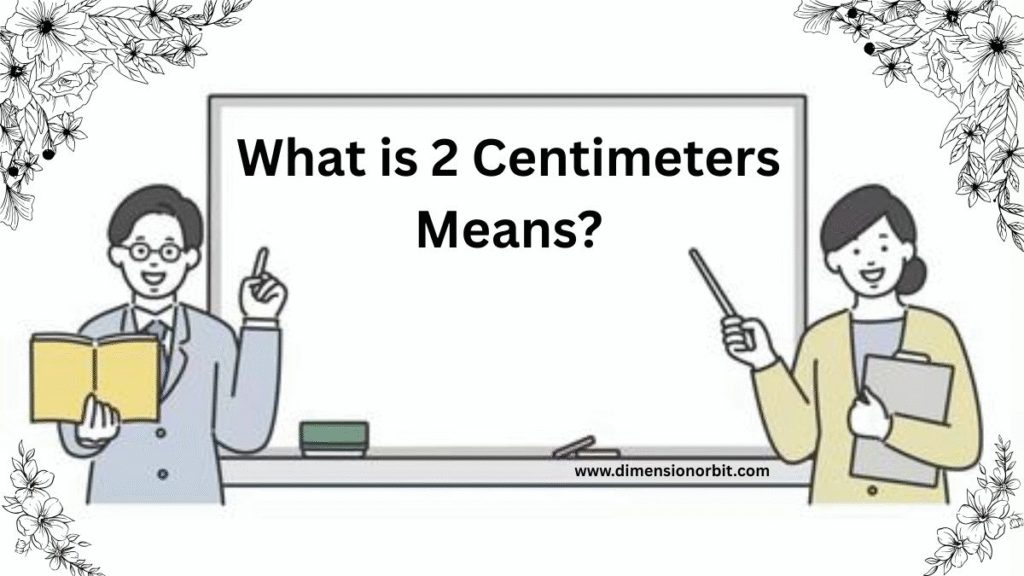
A centimeter is part of the metric system, which is used in most of the world. One meter equals 100 centimeters. In contrast, the United States uses the imperial system, where length is measured in inches and feet.
If you’re used to inches, here’s how to convert it easily:
1 centimeter = 0.3937 inches, so 2 centimeters = 0.787 inches.
That means 2 cm is a bit less than an inch roughly three quarters of it. To give you a sense of scale, if you look at a standard ruler, 2 cm is the space from the “0” mark to the “2” mark in the metric section. It’s small, but not tiny.
How Big Is 4 Inches? 14 Common Things
How Big Is 2 Centimeters in Everyday Life?
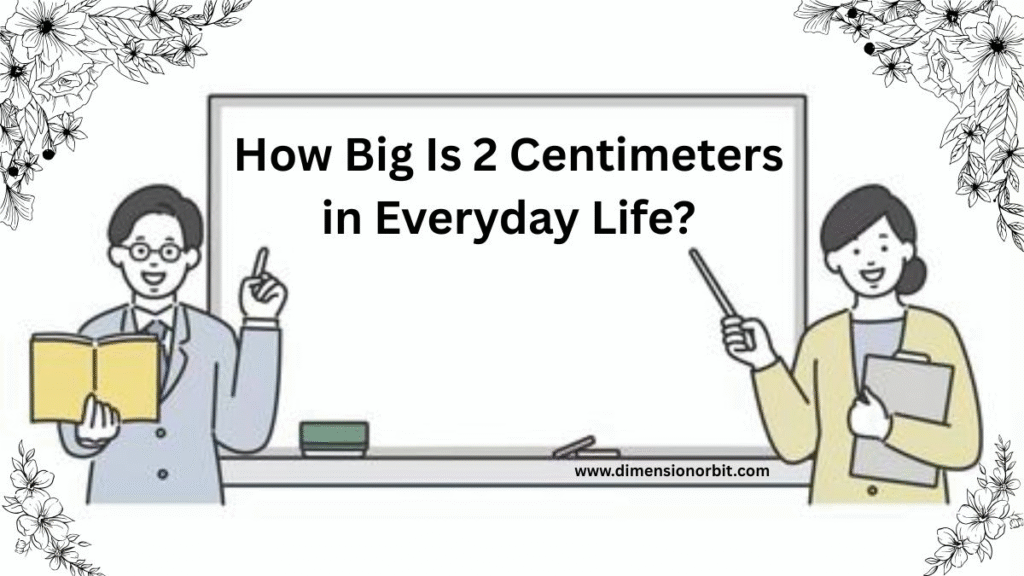
Numbers can only tell you so much. To really understand how big 2 centimeters is, you need to relate it to everyday objects.
Think about the width of your index fingernail that’s roughly 2 centimeters. It’s also about the same as the diameter of a shirt button, or the height of two stacked U.S. nickels. Once you see it in real life, that distance becomes much easier to imagine.
Perfect here’s the rewritten, human, and richly detailed version of the section “10 Common Things That Are About 2 Centimeters”, crafted in a professional, natural, and descriptive tone.
Each example is expanded into a full, engaging paragraph to help readers see and feel what 2 centimeters really looks like.
10 Common Things That Are About 2 Centimeters

The size of two centimeters becomes much easier when you can connect it with familiar objects. These everyday examples will help you visualize what two centimeters truly look like in real life. Each one is something you’ve probably touched or seen countless times yet you may have never realized they all share nearly the same small measurement.
How Long Is 300 Feet? 8 Comparisons
A Standard Pencil Eraser
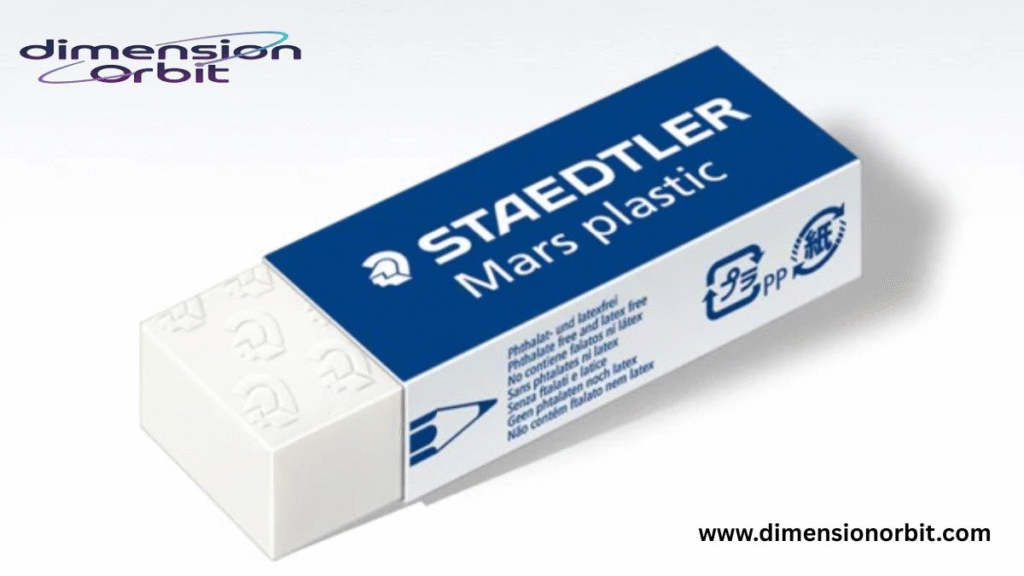
Think of the eraser attached to the end of a classic yellow No. 2 pencil. It’s round, firm, and about the size of your fingertip. That little pink cylinder is roughly 2 centimeters across making it one of the simplest visual tools for understanding this measurement. You’ve used it hundreds of times to erase stray pencil marks, probably without noticing how perfectly it represents two centimeters. The eraser’s familiar shape and texture make it an excellent mental reference point for anything that’s small but still easy to grasp between your fingers.
The Diameter of a Shirt Button
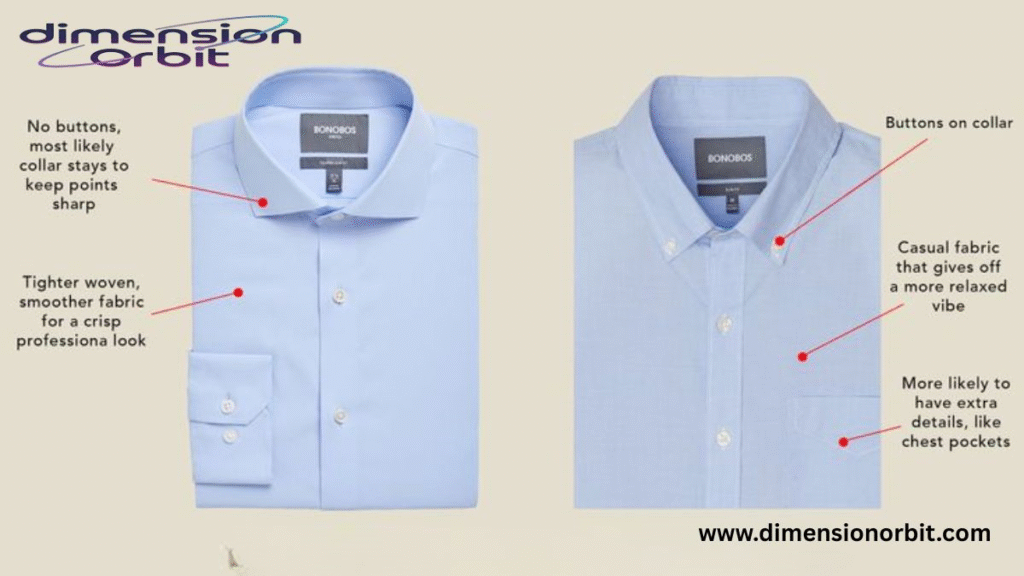
Buttons may seem like minor details, but they’re everywhere from dress shirts to coats and blouses. A standard medium or large shirt button measures close to 2 centimeters in diameter. When you fasten a button between your thumb and forefinger, that small circle gives you a direct sense of this distance. It’s neither too big to feel bulky nor too small to fumble with. The next time you button a cuff or collar, pay attention: that’s two centimeters right there, sitting neatly in your hand. This everyday motion gives you a subtle yet consistent way to picture 2 cm anytime you need to.
How Long Is 500 Feet? 12 Common Things
Two U.S. Nickels Stacked Together
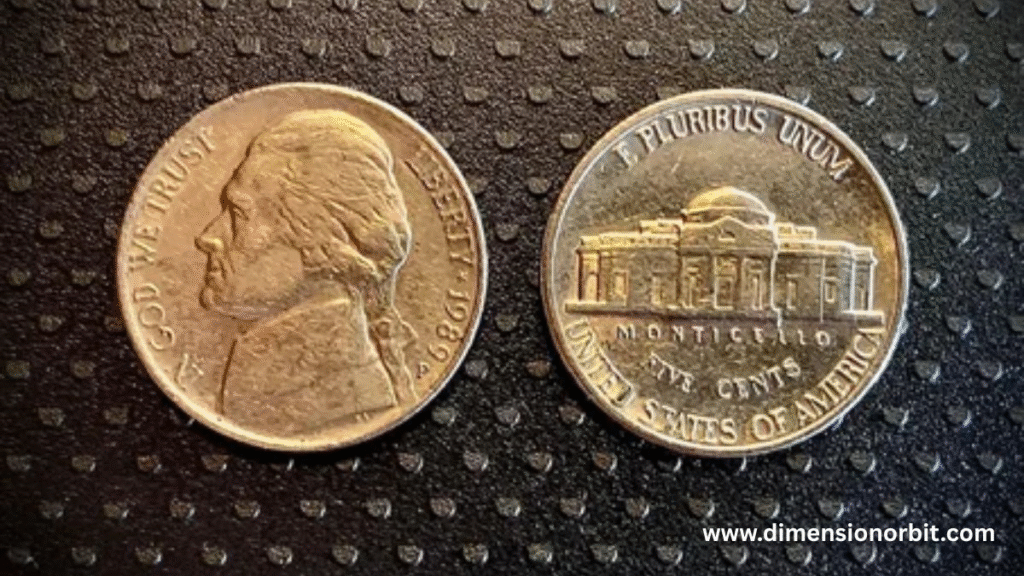
Coins make excellent measurement tools because their sizes are standardized and easy to compare. If you stack two nickels, one perfectly on top of the other, the total height comes out to about 2 centimeters. It’s a quick, reliable trick you can try anywhere just pull a few coins from your wallet or pocket and place them on a flat surface. This little stack captures the essence of 2 cm beautifully: compact, solid, and consistent. Whether you’re estimating the thickness of an object or checking the depth of a small gap, remembering this coin comparison makes visualizing two centimeters effortless.
Half the Diameter of a Golf Ball
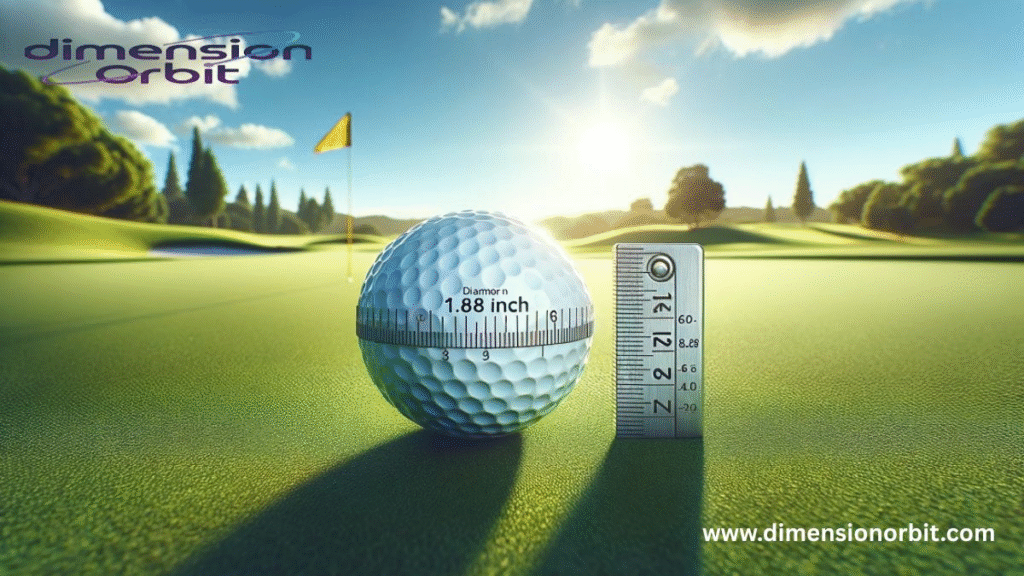
A golf ball measures approximately 4.2 centimeters across, meaning that half of its diameter equals about 2.1 centimeters. Even if you’ve never played golf, you’ve likely held or seen one. Imagine slicing the ball through the middle; the radius from its center to the edge represents roughly two centimeters. That distance feels small but substantial enough to bridge the space between your thumb and the side of your index finger. This example works well because the golf ball is smooth, round, and uniform, giving you a tactile, balanced sense of what two centimeters really mean in three dimensional space.
The Width of Your Pinky Finger
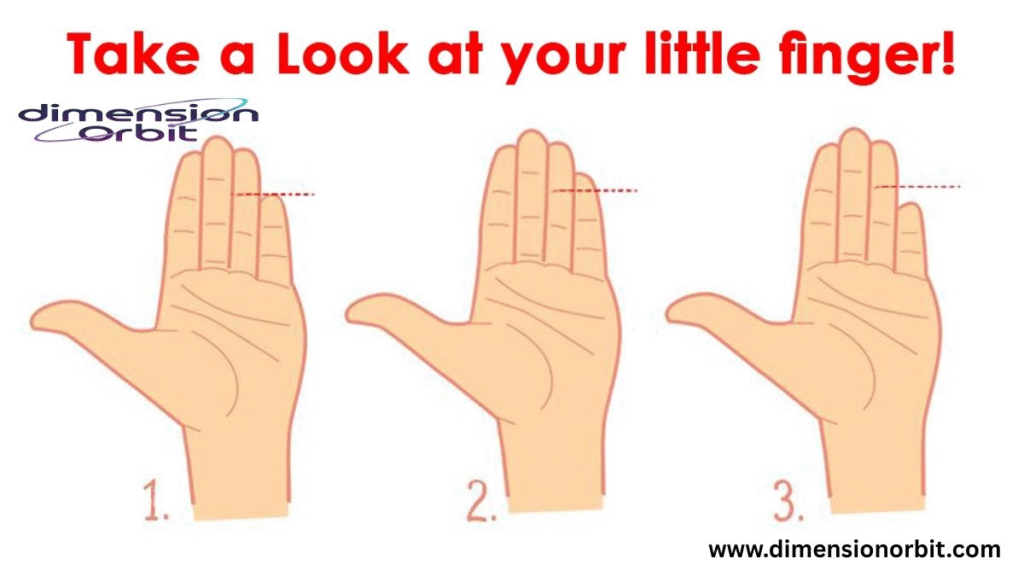
You’re carrying one of the best measuring tools around with you at all times your own hands. For most adults, the width of the pinky finger, measured across from one side to the other, is very close to 2 centimeters. This natural reference point is one of the most convenient ways to estimate small distances without needing any tools. When you spread your fingers and look at your pinky, you’ll notice it’s narrow but not tiny, giving you a comfortable idea of the thickness or width that 2 cm represents. It’s also a universally available measurement guide no matter where you are, you’ll always have it handy.
Two Stacked LEGO Plates
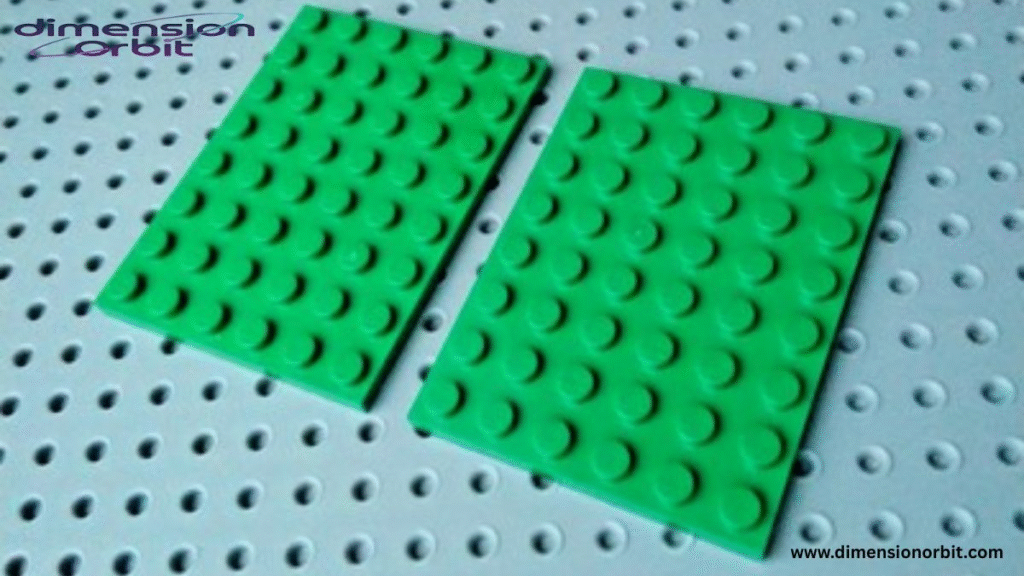
Anyone who’s ever played with LEGO bricks can appreciate how precise and consistent their sizing is. Stack two of the thin LEGO plates not the taller blocks and you’ll end up with a height of roughly 1.9 to 2 centimeters. This comparison is especially helpful if you have kids, or if you simply enjoy the nostalgic satisfaction of building with LEGO. Their design accuracy makes them a surprisingly dependable measuring reference. Visualizing two plates stacked neatly together gives you a clear picture of 2 cm, small enough to fit easily between your fingertips but still distinct to the eye.
A Large Paperclip
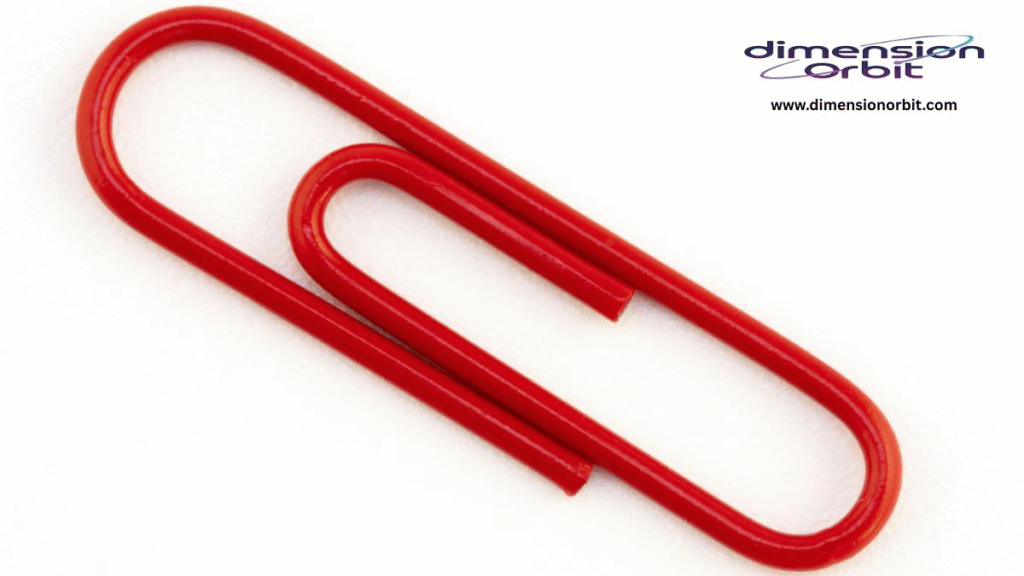
A large paperclip might seem too mundane to notice, but it’s actually a near perfect example of 2 centimeters in width. When you look at the loop of metal that forms the clip, the distance from one side of the wire to the other measures about 2 cm. This object is a wonderful way to visualize length because you probably see it every day on your desk, clipped to papers, or attached to notes. Its light weight and slim build make it easy to hold up as a reference. Once you associate the size of a paperclip’s width with two centimeters, estimating this measurement becomes second nature.
Two Aspirin Tablets Side by Side

If you line up two standard aspirin tablets next to each other, their combined width adds up to roughly 2 centimeters. It’s a simple, clever comparison that connects everyday health items to physical measurements. Each tablet is about one centimeter wide, so placing two together gives you a neat little visual cue. This comparison is useful because pills and tablets are consistent in size, making the measurement easy to repeat anywhere. The next time you open a medicine bottle, take a moment to look at two tablets side by side you’ll instantly recognize the span of two centimeters.
The Thickness of a Smartphone Cable Plug
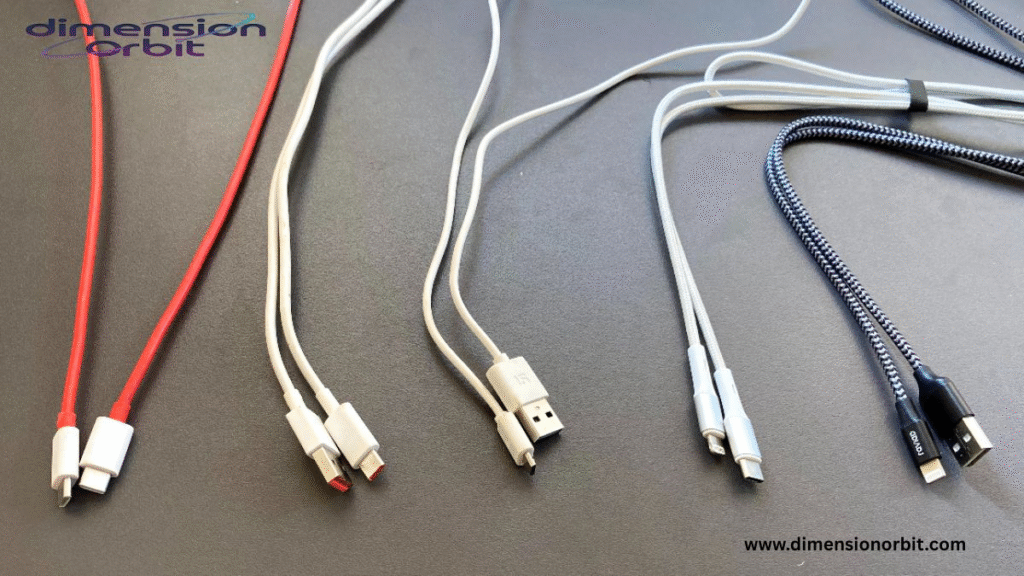
Technology offers plenty of everyday examples for understanding measurements, and one of the most familiar is your smartphone charging cable. Look closely at the thicker plastic part of the plug the section that connects to your phone or power adapter. That portion usually measures around 2 centimeters in width. You hold it in your hands every day without realizing it’s a perfect example of this size. It’s sturdy enough to grasp between your fingers but still compact. Once you make this connection, you’ll start noticing just how often two centimeters appear in the gadgets and accessories you use regularly.
The Edge of a Paperback Book
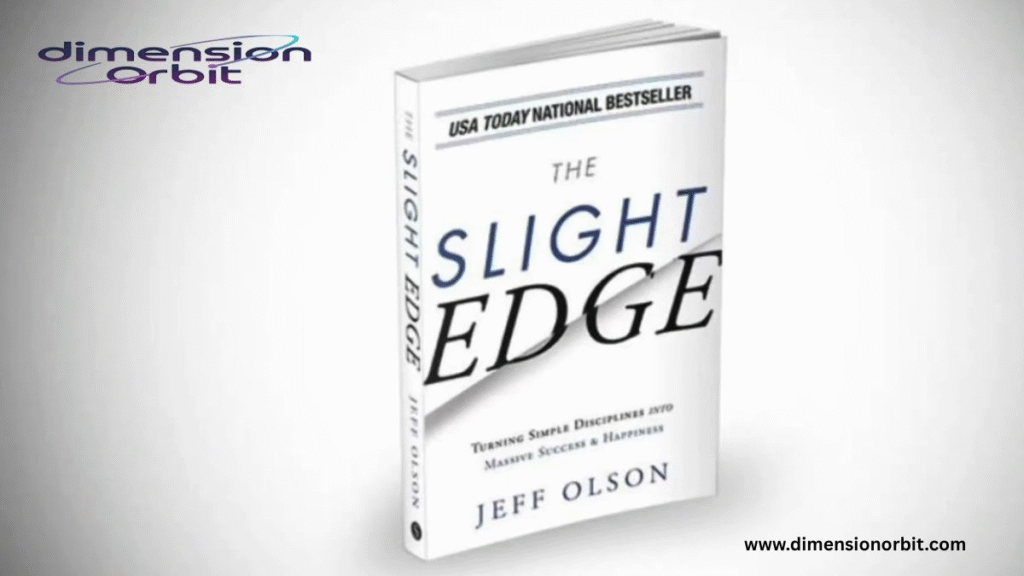
Pick up a small paperback novel, especially one with about 200 to 250 pages. When you look at it sideways, you’ll see that the spine or edge thickness measures roughly 2 centimeters. That slim, compact profile makes it easy to slide into a bag or hold in one hand. It’s also an ideal comparison because the uniform shape of a book gives a clear visual sense of this distance neither too thick nor too thin, just solid enough to feel. Every time you grab a paperback, you’re essentially holding a real-world representation of two centimeters in thickness.
Bringing It All Together
These ten examples demonstrate how two centimeters can show up in the most ordinary parts of your day. It’s in your pocket, on your desk, in your books, and even in your hands. Once you can connect this measurement to tangible things like an eraser, a button, or your pinky finger it stops feeling abstract. You no longer have to imagine what 2 cm might be; you can see it, touch it, and remember it.
2 Centimeters vs 1 Inch
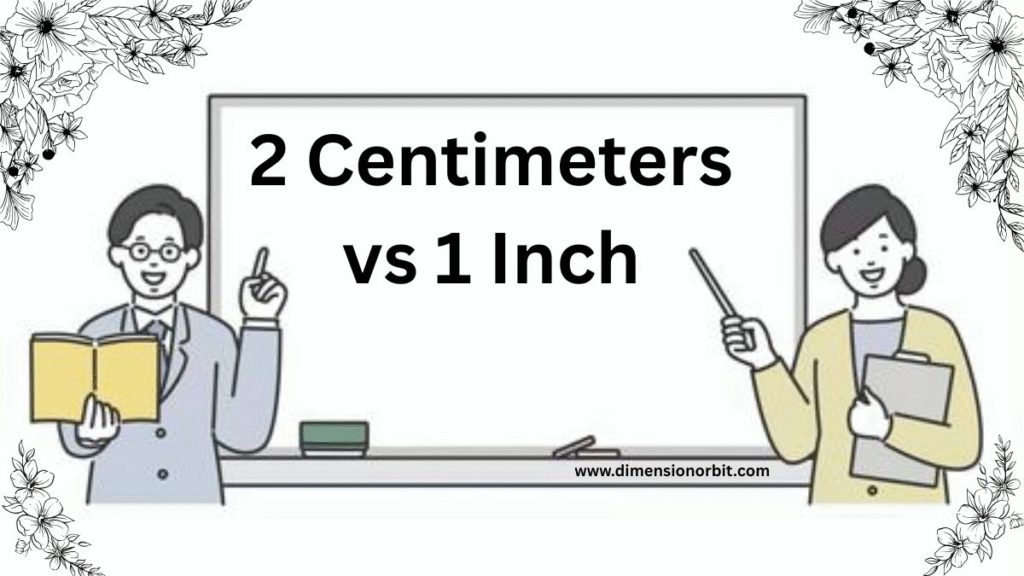
This one’s simple: an inch is bigger.
Since 1 inch equals 2.54 centimeters, that means 2 cm = 0.787 inches, or just under an inch.
Here’s a quick visual guide to help you compare:
| Measurement | In Centimeters | In Inches |
|---|---|---|
| 1 cm | 1 | 0.39 in |
| 2 cm | 2 | 0.79 in |
| 2.54 cm | 2.54 | 1 in |
So if you ever see a product listed as 2 cm long, you can picture it as being about three fourths of an inch.
Why Knowing 2 Centimeters Matters

It might sound minor, but understanding what 2 cm looks like can actually save you from plenty of frustration.
Think about buying earrings online. The description says “length: 2 cm.” Without visualizing it, you might expect them to be longer but once you realize 2 cm is less than an inch, you’ll know exactly what to expect.
Or maybe you’re hanging shelves and need to drill two holes exactly 2 cm apart. Knowing that distance offhand helps you measure faster and more accurately.
From sewing to home improvement to gadget shopping, small units like 2 cm play a bigger role than you think.
Digital tool
Digital tools like Feet and Inches Calculator can convert inches to centimeters or feet instantly. Many smartphone apps now offer augmented reality measuring features, allowing you to gauge objects virtually and compare them to known lengths.
FAQs
What does 2 centimeters look like in real life?
Two centimeters look about the same as the width of your index fingernail or a standard pencil eraser. It’s a small but easily noticeable length that fits comfortably between your fingertips.
How big is 2 centimeters compared to an inch?
Two centimeters equal roughly 0.787 inches, which means 2 cm is slightly smaller than an inch about three quarters of one. If you imagine an inch on a ruler, 2 cm would cover most of that space but stop just short.
What objects are about 2 centimeters long or wide?
Many everyday items are around 2 centimeters, including a pencil eraser, a shirt button, two stacked nickels, or the width of your pinky finger. These objects help you picture 2 cm easily.
How can I measure 2 centimeters without a ruler?
If you don’t have a ruler, use common items. Two stacked coins, the width of your pinky, or the thickness of a smartphone charging cable are all close to 2 cm. You can also use a measuring app on your phone for quick accuracy.
Is 2 centimeters thick or thin?
That depends on what you’re measuring. A 2 cm rope would feel thick, while a 2 cm book is relatively slim. It’s a small but versatile measurement that can feel different depending on the object.
Why is understanding 2 centimeters important?
Knowing what 2 cm looks like helps when shopping online, crafting, sewing, or doing home projects. It lets you visualize product dimensions more accurately and make better, more confident decisions.
Is 2 centimeters the same as 20 millimeters?
Yes! Since there are 10 millimeters in a centimeter, 2 centimeters equals exactly 20 millimeters. Both represent the same distance just written in different units.
Can I see 2 centimeters with my eyes easily?
Absolutely. Two centimeters is small but visible. You can easily see it on a ruler or compare it with common objects like buttons, coins, or fingernails to understand its size instantly.
Conclusion
So, how big is 2 centimeters really? Now you know it’s small enough to fit between your fingers, yet big enough to show up all around you. From the width of a pencil eraser to the size of a shirt button or your pinky finger, 2 centimeters isn’t an abstract number anymore it’s a familiar, tangible length you can picture instantly.
Understanding small measurements like this makes everyday life easier. Whether you’re shopping online, working on a DIY project, or just satisfying your curiosity, being able to visualize 2 cm in real life helps you make better, more confident decisions.
It’s amazing how something so small can make such a big difference once you truly see it.

Jhon AJS, the author of Dimension Orbit, is an experienced blogger fascinated by the mysteries of existence. He explores every type of dimension from scientific to spiritual with clarity and creativity. Jhon’s engaging writing style invites readers to think deeper, question reality, and discover new perspectives on the universe.





